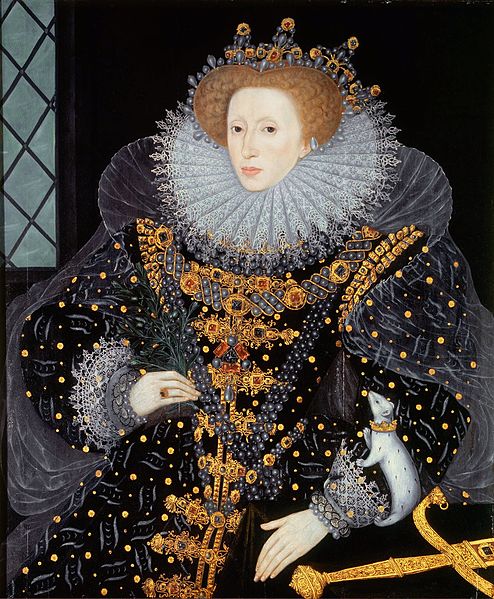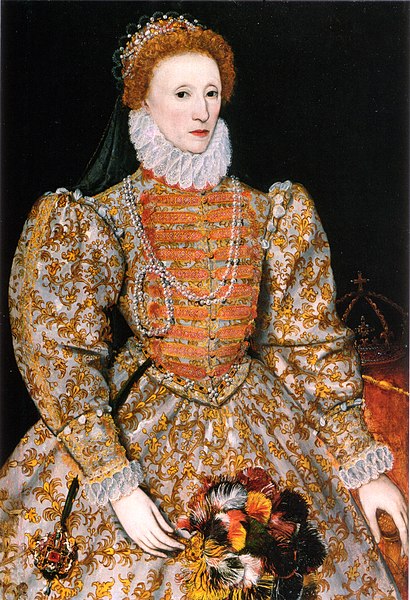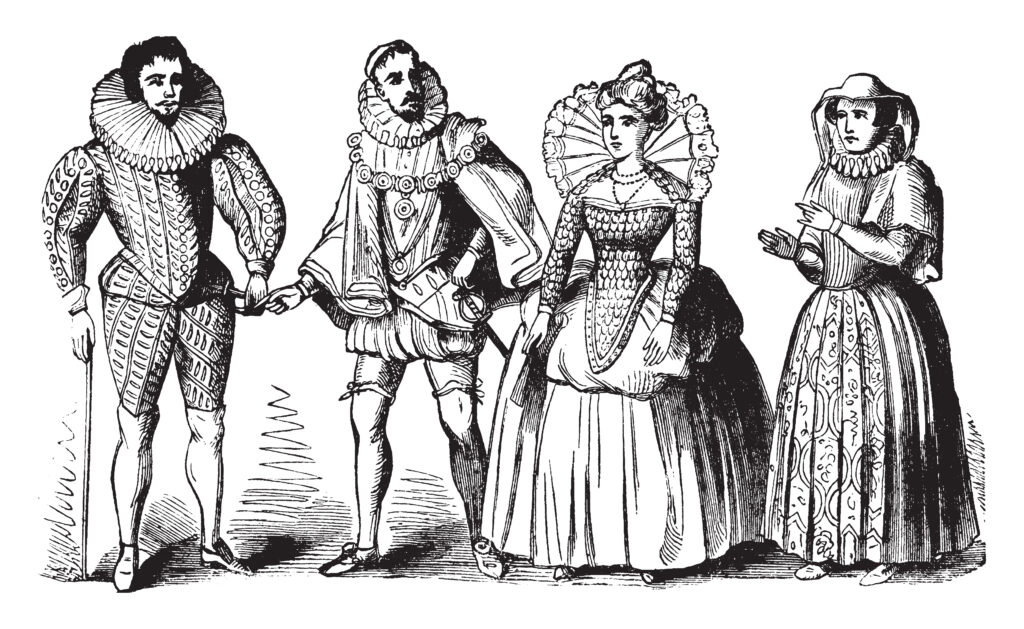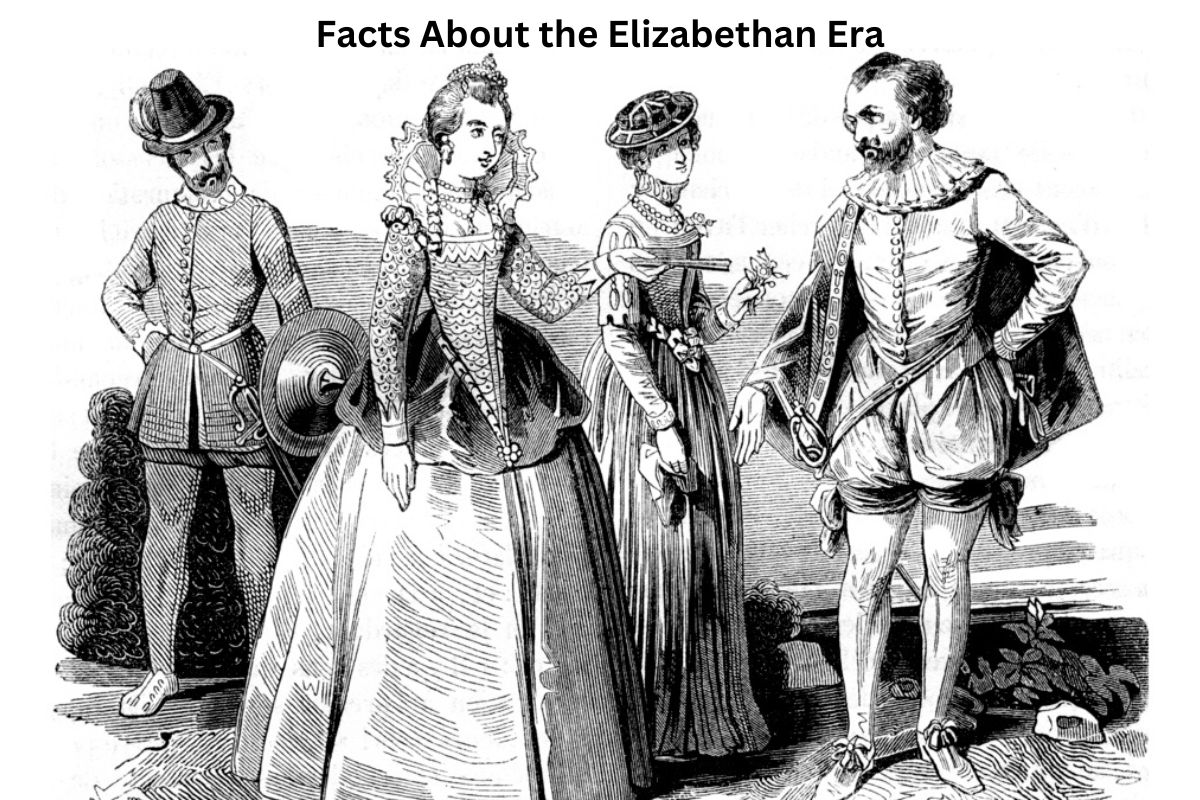The Elizabethan Era, which spanned the reign of Queen Elizabeth I of England from 1558 to 1603, was a transformative period in English history.
It is often celebrated as a time of cultural, political, and artistic flourishing.
This era is renowned for its literary giants like William Shakespeare, the expansion of the British Navy, the establishment of the Church of England, the exploration and colonization of new lands, and its distinctive Tudor architecture.
The Elizabethan Era left an indelible mark on the development of England and continues to captivate our imagination with its rich and multifaceted history.
Elizabethan Era Facts
1. Golden Age of English Literature
The Elizabethan Era, spanning the reign of Queen Elizabeth I from 1558 to 1603, is celebrated as the “Golden Age of English Literature.” This period witnessed a flourishing of literary creativity and produced some of the most enduring works in the English language.

Notably, William Shakespeare, often regarded as the greatest playwright in history, crafted many of his timeless plays during this era. Works such as “Romeo and Juliet,” “Hamlet,” and “Macbeth” are still performed and revered today.
Also Read: Queen Elizabeth 1 Timeline
Other luminaries of the time include Christopher Marlowe, known for his influential plays like “Doctor Faustus” and “Tamburlaine,” as well as Edmund Spenser, who gained fame for his epic poem “The Faerie Queene.”
Ben Jonson, a contemporary of Shakespeare, contributed significantly to the era’s theatrical landscape with comedies such as “Volpone” and “The Alchemist.” Collectively, these writers elevated English literature to unprecedented heights during the Elizabethan Era.
2. Exploration and Colonization
The Elizabethan Era was a period marked by a spirit of exploration and expansion. English explorers ventured into the unknown, seeking new territories and trade routes.
Sir Walter Raleigh, for instance, is renowned for his efforts to establish the Roanoke Colony in what is now North Carolina, though it famously disappeared under mysterious circumstances.
Also Read: Queen Elizabeth I Facts
Meanwhile, Sir Francis Drake emerged as a prominent figure by becoming the first Englishman to circumnavigate the globe and engaging in privateering against Spanish ships.
These endeavors laid the foundation for English colonization in North America, with the establishment of Jamestown in 1607, marking the beginning of a more extensive English presence in the New World.
3. Rise of the British Navy
The Elizabethan Era saw a significant expansion and strengthening of the British Navy, setting the stage for its future dominance on the high seas.
The navy played a pivotal role in safeguarding England against external threats, most notably during the famous clash with the Spanish Armada in 1588.
This naval battle became a turning point in history, as the English fleet, under the command of experienced seamen like Sir John Hawkins and Sir Francis Drake, successfully repelled the Spanish invasion, solidifying England’s reputation as a formidable maritime power in Europe.
During this era, the navy underwent modernization efforts, adopting new ship designs like the galleon, which contributed to its effectiveness in safeguarding England’s interests and fostering exploration and trade on a global scale.

4. The Protestant Reformation
The Elizabethan Era was marked by religious turmoil, primarily due to the Protestant Reformation initiated by King Henry VIII in the early 16th century. Elizabeth I, daughter of Henry VIII and Anne Boleyn, ascended to the throne in 1558.
Her reign was crucial in solidifying the establishment of the Church of England as a Protestant denomination. Elizabeth I became the Supreme Governor of the Church, and under her rule, England shifted away from Roman Catholicism.
This religious transition was a significant aspect of the era, as it helped resolve religious conflicts and tensions. The Protestant Church of England, also known as Anglicanism, blended Protestant theology with some traditional Catholic practices, and it remains the state religion of England to this day.
5. Elaborate Fashion and Clothing
Fashion during the Elizabethan Era was known for its extravagance and intricate designs. Both men and women of the upper classes adorned themselves in elaborate clothing. Women wore dresses with high collars, voluminous skirts, and elaborate sleeves.
Ruffs, which were large, starched collars, were a prominent fashion statement. Jewelry and accessories, including pearls, lace, and precious gemstones, were commonly worn to showcase one’s status and wealth.
Men’s fashion was equally ornate, featuring doublets (tight-fitting jackets), breeches, and hose. Like women, men also wore ruffs and often sported feathered hats. The clothing of the era was a reflection of social status, with the nobility and elite wearing the most extravagant and finely crafted garments.

6. Flourishing Theatre and Entertainment
The Elizabethan Era was a period of vibrant entertainment and cultural enrichment. The theatre, in particular, thrived during this time. The most famous venue was the Globe Theatre in London, where legendary playwright William Shakespeare premiered many of his timeless works.
Theatre performances were popular among people of all social classes, offering a wide range of plays, from tragedies and comedies to historical dramas.
Actors and playwrights were held in high regard, and their works contributed significantly to the cultural legacy of the era. Christopher Marlowe, Ben Jonson, and Thomas Kyd were among the other notable playwrights who gained prominence during this period.
Theatre was not only a form of entertainment but also a medium for reflecting and critiquing the society and politics of the time, making it a vital part of Elizabethan culture.
7. Traditional Medical Practices
Medical practices in the Elizabethan Era were quite different from modern medicine. Healthcare was often based on a mixture of traditional herbal remedies, superstitions, and medieval beliefs.
Physicians relied on the theory of the four humors (blood, phlegm, black bile, and yellow bile) to diagnose and treat illnesses. Treatments included bloodletting, purging, and the use of various herbs and plants for medicinal purposes.
Surgery during this period was rudimentary and often painful, as anesthesia was not yet developed. Surgeons performed procedures like amputations and dental extractions with basic tools.
The understanding of infectious diseases was limited, and public health measures were not as advanced as they are today.
8. Strict Social Hierarchy
Elizabethan society was highly stratified and structured. The social hierarchy was based on birth and class, with limited opportunities for social mobility.
At the top of the hierarchy were the nobility, followed by the gentry, who were landowners and often held positions in local government. The majority of the population belonged to the lower classes, including laborers, artisans, and peasants.
Your social status was largely determined by your family background, and there were strict codes of behavior and dress associated with each class.
The upper classes enjoyed privileges such as education, access to fine clothing, and political power, while the lower classes had fewer opportunities for advancement.
9. Limited Education and Literacy
Education in the Elizabethan Era was primarily reserved for the upper classes, especially the sons of nobility and gentry. Grammar schools, which provided a basic education in Latin, Greek, rhetoric, and other subjects, were accessible to some of the middle class.
However, the vast majority of the population, including women, had limited access to formal education.
As a result, overall literacy rates were relatively low by today’s standards. Education was seen as a privilege rather than a right, and literacy was often associated with social status. Nevertheless, the Elizabethan Era saw some expansion in educational opportunities, contributing to the spread of knowledge and culture.
10. Tudor Architecture
Tudor architecture was a distinctive style that characterized the buildings and structures of the Elizabethan Era. This architectural style emerged during the reign of the Tudor monarchs, including Henry VII, Henry VIII, and Elizabeth I.
Key features of Tudor architecture included half-timbered houses with exposed wooden frames, decorative woodwork, and ornate Tudor arches.
Houses and manors during this period often featured leaded windows, thatched roofs, and intricately designed chimneys. Notable examples of Tudor architecture include Hatfield House in Hertfordshire and Burghley House in Lincolnshire.
This architectural style played a significant role in shaping the visual landscape of the era and is still appreciated for its historical and aesthetic value today.
